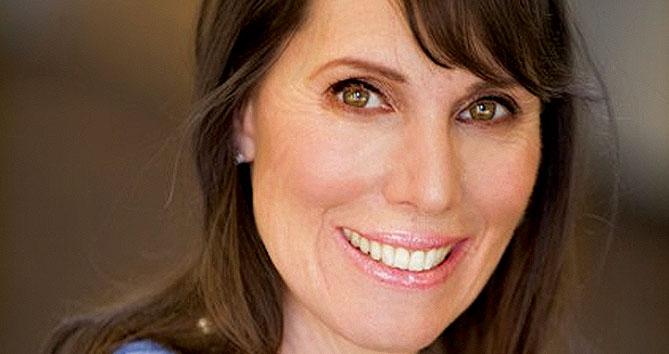It’s about the communities

The bargaining in Buffalo, Albany, the Hudson Valley and throughout New York City—both in the public and privates, in all the hospitals where NYSNA negotiations are now underway that share demands for safe staffing ratios, and for safe and healthy work environments—our aim throughout is to care for the communities we serve.
Our bargaining is fundamentally about creating equality in hospital care. Staffing ratios standardize the essentials of care and, in this way, we are agents of equality—equality in services that literally affect life and death.
New York City
A review of conditions in Upper Manhattan neighborhoods, home to 200,000 residents, reveals a poverty rate of 20 percent and a high unemployment rate of 12 percent.
We are well aware that the social determinants of health play a central role in the lives of many of the communities in which we provide care.
Financial hardship in this Manhattan community is palpable, with 53 percent of neighborhood residents “rent burdened,” meaning “households pay more than 30 percent of their income for housing and may have difficulty affording food, clothing, transportation and healthcare.” And healthcare.
Overall, 14 percent of neighborhood residents here reported being uninsured, a figure higher than the city average, and 17 percent of adults in 2017 went without necessary medical care, according to NYC data. As a result, the rate of avoidable hospitalizations was higher than many other neighborhoods in the five boroughs.
Even in Midtown Manhattan, a largely white and Asian neighborhood, there is an 11 percent poverty rate and one of the highest rates of the most harmful air pollutant in the city, fine particulate matter. In addition, at 31 percent, the binge drinking rate in Midtown is higher than the rest of New York City.
Morningside Heights/West Harlem has its own social and economic challenges, including a population with a poverty rate of 24 percent. Eleven percent of expectant mothers receive late or no prenatal care versus 6.7 percent citywide. Death from HIV and diabetes mellitus are higher than in other parts of the city.
Brooklyn
In Brooklyn, where NYSNA nurses care for the majority of the borough’s 2.6 million residents—both in public and private facilities, hospitals are stretched to the limit caring for the underserved across the Central Brooklyn communities of Crown Heights and Bedford Stuyvesant. There are 497 ER visits per 1,000 residents in Central Brooklyn, according to a report issued by Governor Andrew Cuomo in 2017. There are 55 primary physicians per 100,000 people. One-in-four are “food insecure,” defined as lacking reliable access to a sufficient quantity of affordable, nutritious food.
In Bedford Stuyvesant almost one-in-four homes is without air conditioning and children suffer from one of the highest child asthma rates in the city. The number of adults diagnosed with hypertension is much higher than citywide.
In the Bronx, which remains the poorest urban county in the country, the patient population has disproportionately high rates of asthma and diabetes. Emergency departments are overrun, including a growing “hallway patient” population, as management refuses outright to meet real patient need. The Robert Wood Johnson Foundation report of 2018 ranked Bronx County 62 out of the 62 counties in the state for health outcomes. In mammography screening, for example, 59 percent of women receive these services, and diabetes monitoring is at 77 percent. Forty percent of Bronx children live in poverty.
On Staten Island’s North Shore, care for mental and behavioral health was reduced at the very time need is growing. Here, as in many locations in New York State, rates of opioid addiction remain high and patient need is not being met by a large measure.
The enormous challenges of healthcare in NYC are exacerbated by unfair funding policies, which consistently fail to fully and equitably fund safety net hospitals. This is a critical fight going forward, one in which NYSNA plays a key role.
Buffalo and Albany
Buffalo continues to be among the five poorest urban areas in the U.S. Child poverty has remained at 30 percent. In Western New York, 20 percent of children are food insecure. Life expectancy of African Americans is five years less than that of the general population in Buffalo.
In Buffalo, and in many New York communities where our nurses provide care, we see firsthand that people living in poverty have much higher risks for many diseases. In fact, in this state poverty correlates to a 50 percent higher risk of heart disease and a 50 percent higher rate of type 2 diabetes, according to government data.
In Albany, death rates from heart disease were 212 per 100,000 in 2017, according the NYS Department of Health. This was 15 percent higher than the rate for NYS overall. For cancer deaths, Albany also was higher than the state average by approximately 15 percent. Poverty in Albany is above the national average with the city’s South End neighborhood’s poverty rate at 32.9 percent and downtown is at 49.6 percent. Unemployment is high. The many challenges of a population without a stable source of work are present in the daily lives of our new members.
As patient advocates foremost, we sit down to bargain against this backdrop of compelling need, knowing that the quality of care we provide in our communities makes all the difference in their lives.